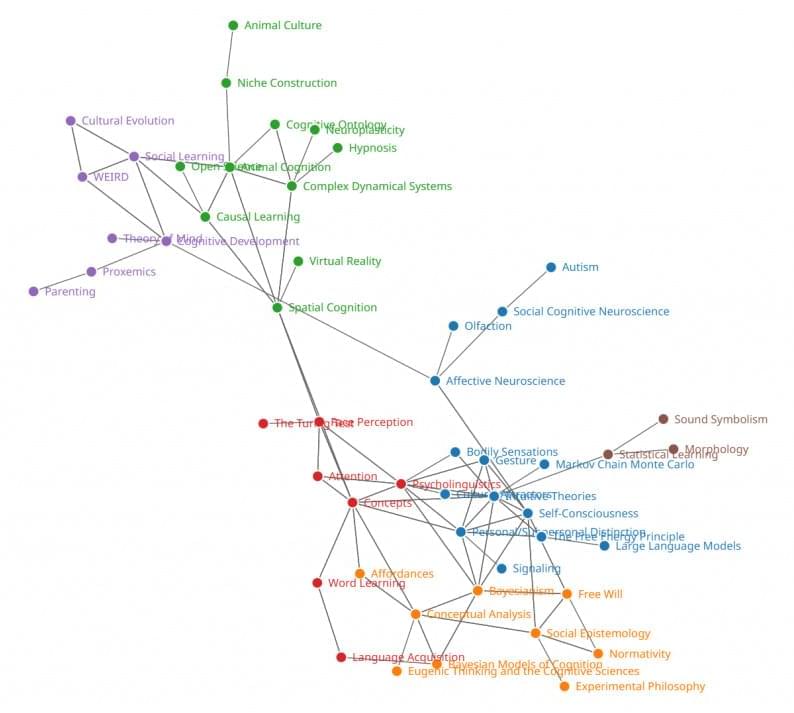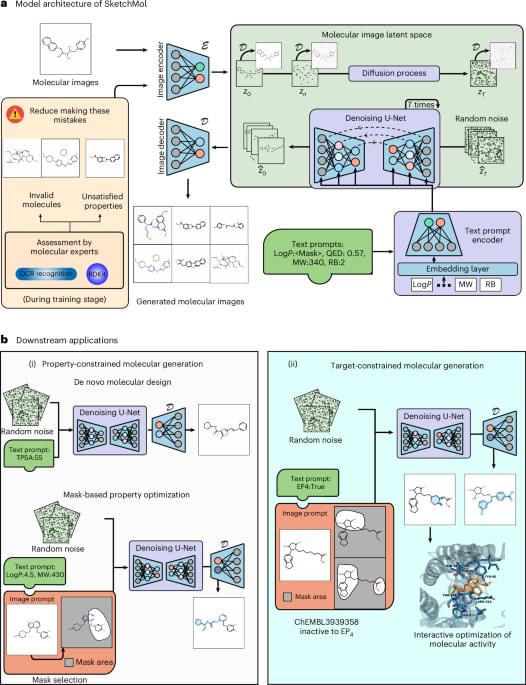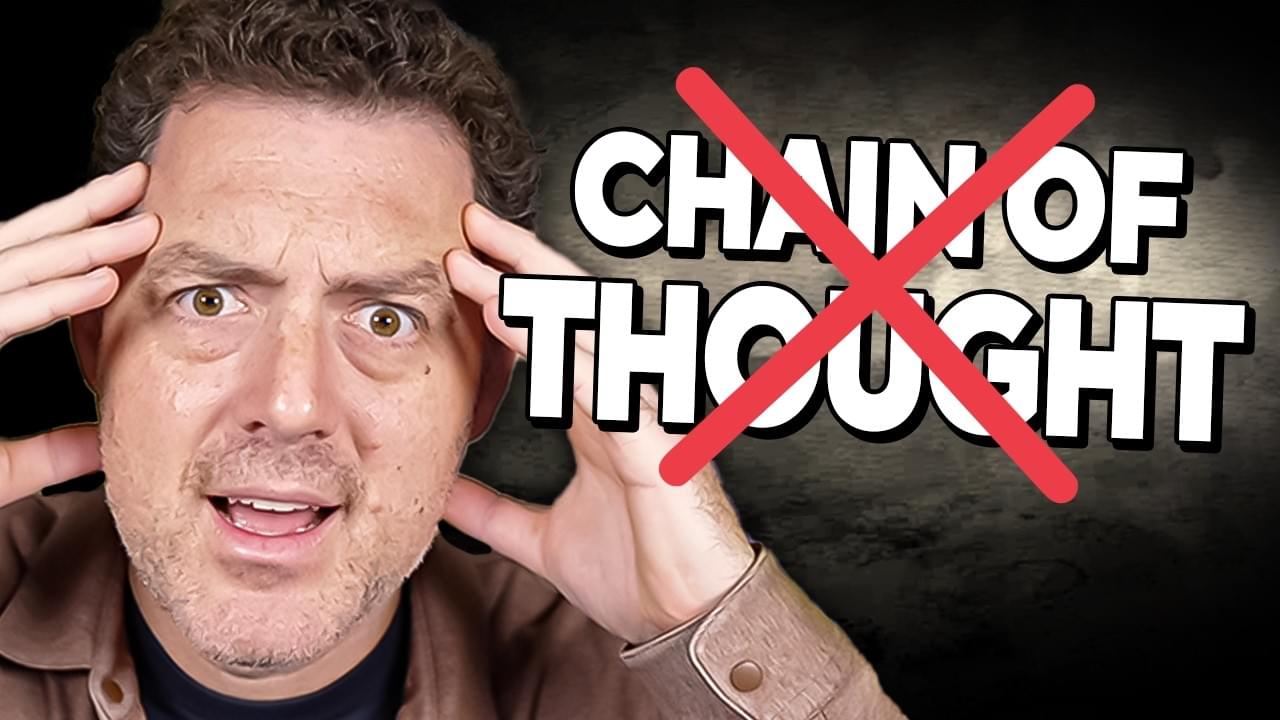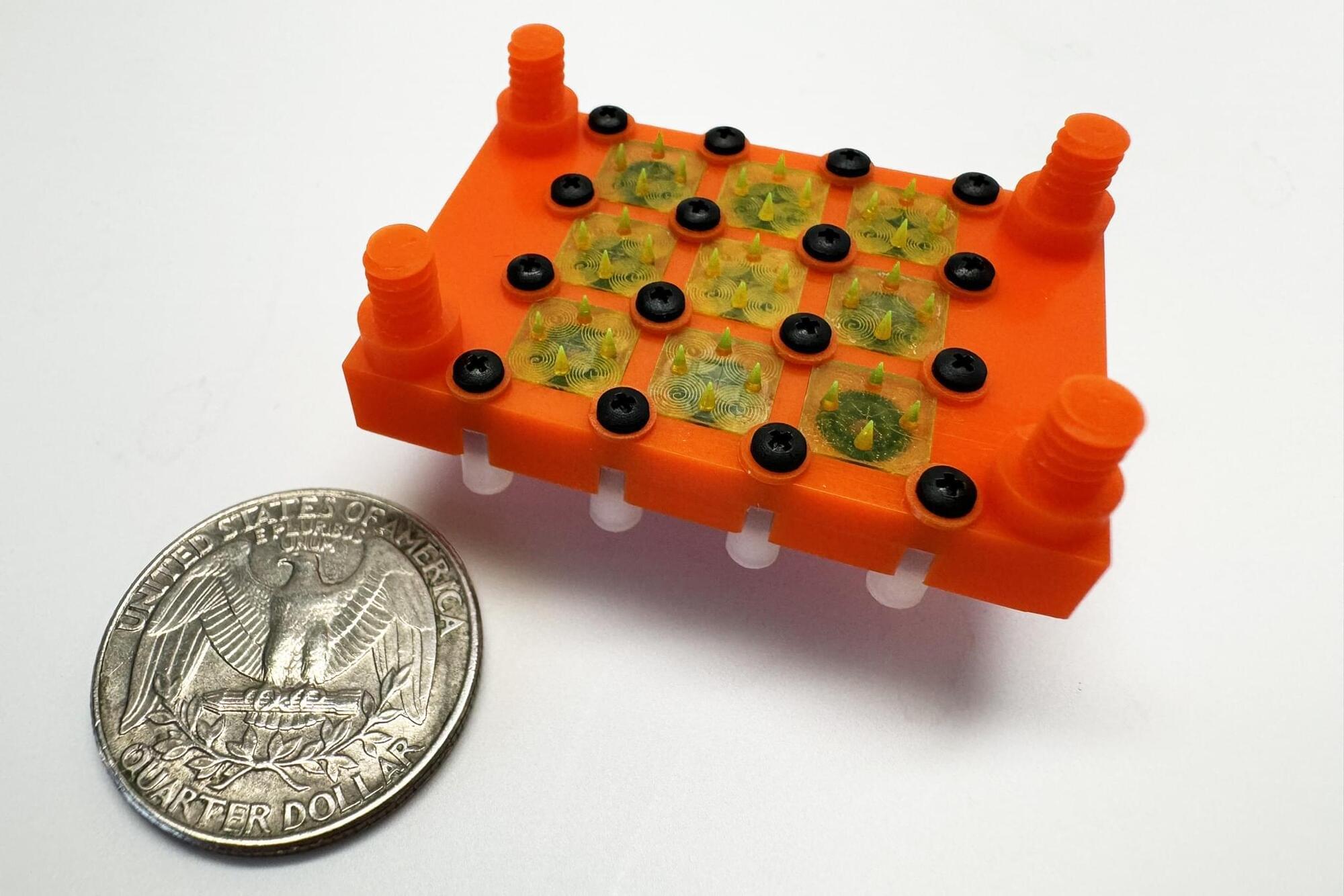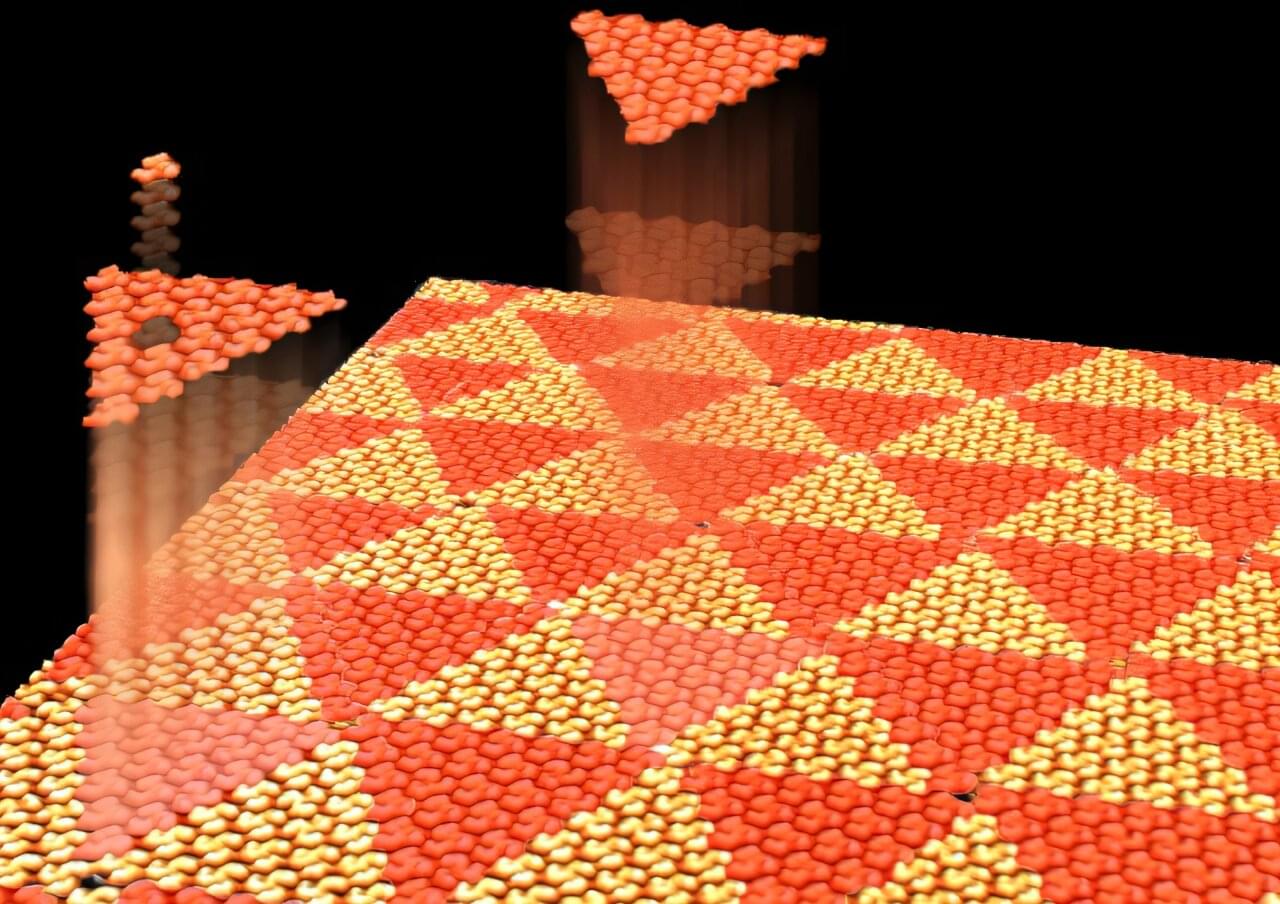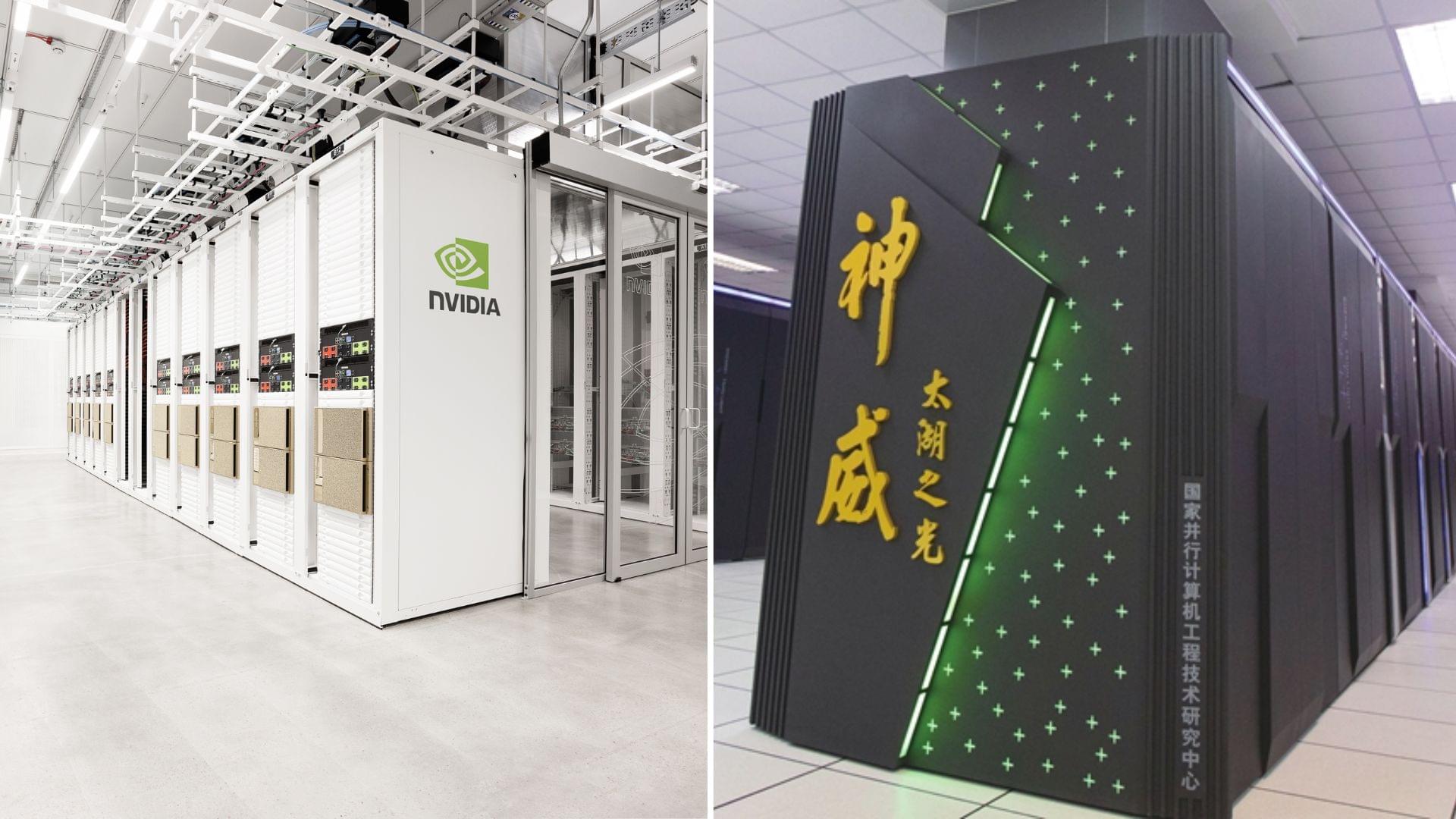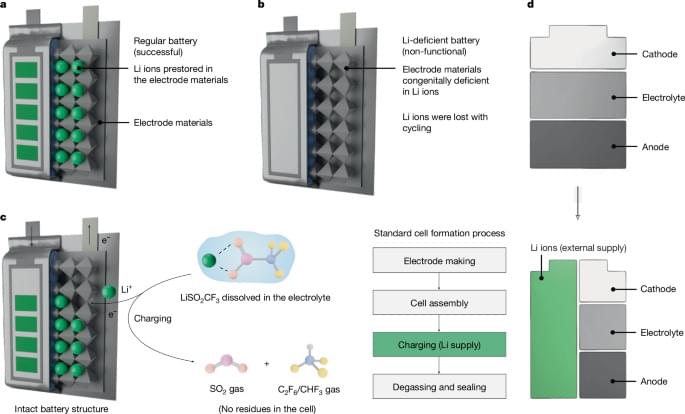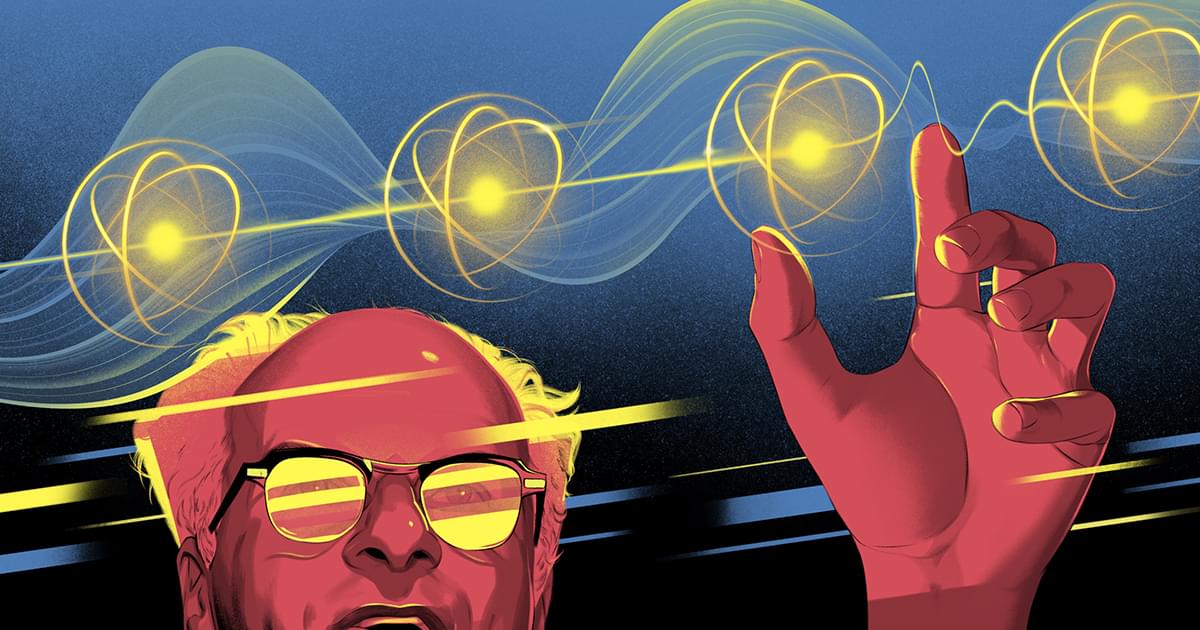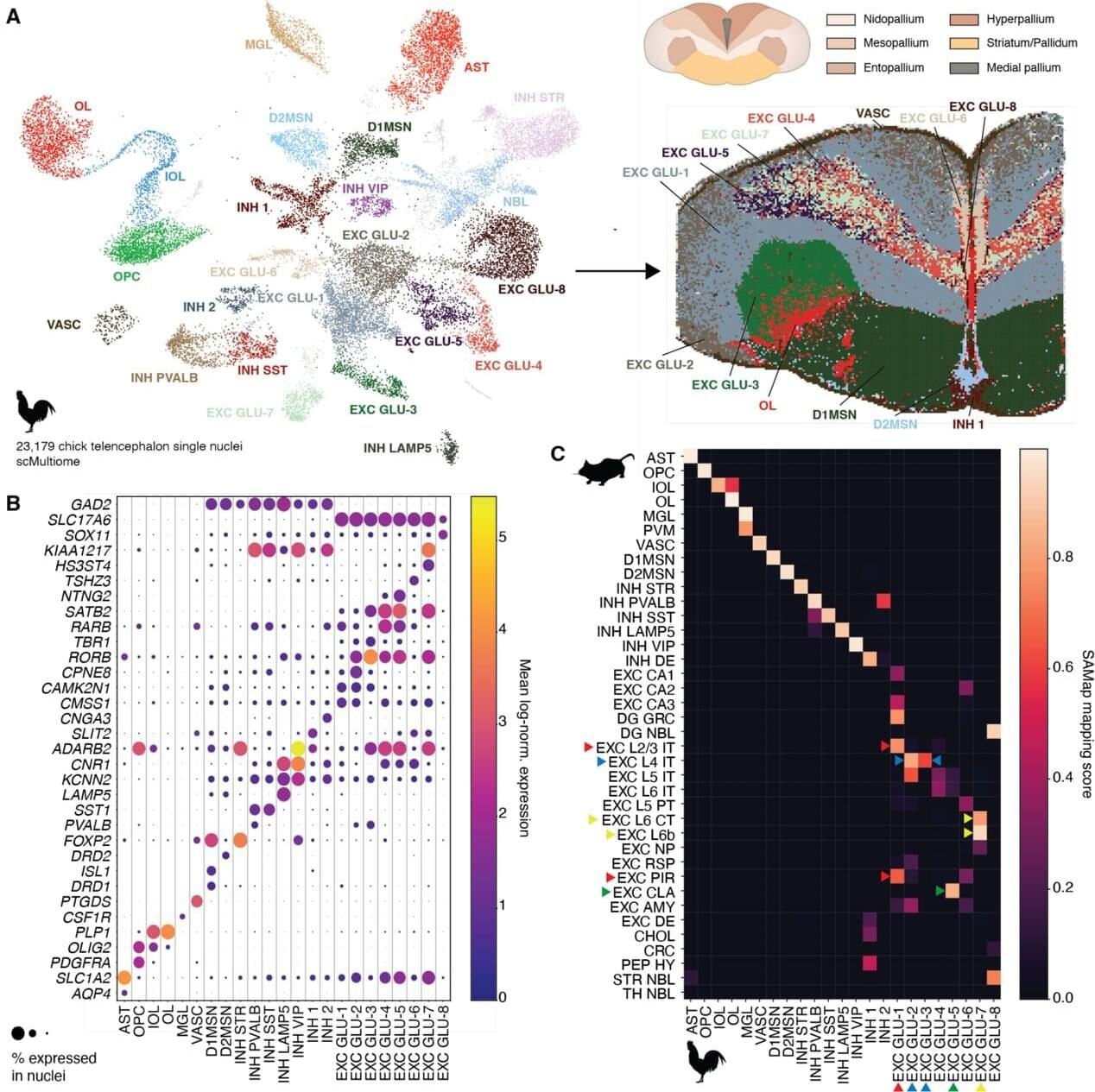The Open Encyclopedia of Cognitive Science (OECS) is a free, online collection of multidisciplinary peer-reviewed articles on various topics in cognitive science. Officially launched last August by MIT Press, the OECS is a successor to the MIT Encyclopedia of Cognitive Science. It currently has around 80 articles, with more to come, on topics such as: Social Epistemology by Mandi Astola and Mark Alfano The Mind-Body Problem by Tim Crane Bodily Sensations by Frédérique de Vignemont Personal/Subpersonal Distinction by Zoe Drayson Conceptual Analysis by Frank Jackson Natural Kinds by Muhammad Ali Khalidi Cognitive Ontology by Colin Klein Free Will by Neil Levy Experimental Philosophy by Edouard Machery Metacognition by Joëlle Proust …to pick just ten. The editors of OECS are Michael C. Frank of Stanford University and Asifa Majid of the University of Oxford. You can check it out here.
SketchMol is a model that explores the feasibility of incorporating image generation techniques into the field of small-molecule design.
Can models think without using tokens?! Really??Join My Newsletter for Regular AI Updates 👇🏼https://forwardfuture.aiMy Links 🔗👉🏻 Subscribe:
MIT researchers demonstrated the first fully 3D-printed, droplet-emitting electrospray engine. The low-cost device can be fabricated more quickly than traditional thrusters, potentially from on board a spacecraft, and could enable CubeSats to perform precise, in-orbit maneuvers, aiding space research projects.
Standing at the intersection between mathematics and the tiler’s trade is the so-called einstein problem. Despite its name, this mathematical question has nothing to do with the Nobel Prize winner Albert Einstein. It asks: Can you seamlessly tile an endless surface with a single shape (an “einstein”) in such a way that the resulting pattern is never repeated? Such a “proto-tile” was first discovered in 2022 by the English amateur mathematician David Smith.
Empa researcher Karl-Heinz Ernst is neither a mathematician nor a tiler. As a chemist, he researches the crystallization of molecules on metal surfaces. He never expected to deal with the einstein problem in his professional life—until his doctoral student Jan Voigt approached him with the unusual results of an experiment.
When a certain molecule crystallized on a silver surface, instead of the expected regular structure, irregular patterns were formed that never seemed to repeat themselves. Even more surprising: Each time he repeated the experiment, different aperiodic patterns emerged.
Amidst Washington’s escalating tech sanctions, Chinese researchers find a new way to enhance GPU efficiency from the software end.
A strategy is reported that improves the performance and lifetime of lithium-ion batteries by adding organic Li salt after assembly, which decomposes during cell formation, liberating Li ions and expelling organic ligands as gases.
Quantum calculations amount to sophisticated estimates. But in 1931, Hans Bethe intuited precisely how a chain of particles would behave — an insight that had far-reaching consequences.
In a new study published in Science, a Belgian research team explores how genetic switches controlling gene activity define brain cell types across species. They trained deep learning models on human, mouse, and chicken brain data and found that while some cell types are highly conserved between birds and mammals after millions of years of evolution, others have evolved differently.
The findings not only shed new light on brain evolution; they also provide powerful tools for studying how gene regulation shapes different cell types, across species or different disease states.
Our brain, and by extension our entire body, is made up of many different types of cells. While they share the same DNA, all these cell types have their own shape and function. What makes each cell type different is a complex puzzle that researchers have been trying to put together for decades from short DNA sequences that act like switches, controlling which genes are turned on or off.
Deep Learning
Posted in business, robotics/AI | Leave a Comment on Deep Learning
As the age of technology continues to explode, it is essential that we do not gloss over the amount of learning and skill it takes to address the ever-increasing complexity of technology, society and business. This moment affords us a unique opportunity. To design our learning levels and to design our professionals. I thought I would take that opportunity to show some of the skills necessary in architecture and how important they are to creating the next generation of leaders.
As one person said to me just yesterday, “The current business environment does not allow the application of such deep learning and reflection in architecture. We have to get in and do what we can fast.” I hear similar quotes regularly. And that is ok, there are times when we have to move quickly. But there are many more times we need a deeply experienced professional to be able to move quickly!
What does it mean to learn a skill? It means to have repeated success at that competency, over and over with the guidance of someone even more experienced. It means understanding theory, practice, and what can go wrong!
